The Pacific Northwest has some pretty epic national parks. It’s safe to say that as far as outdoor scenery goes, these parks are among the best Planet Earth has to offer. The great nations of the United States and Canada have set aside these lands for everyone to enjoy, and I am privileged and humbled to have them in my backyard.
As part of your pre-national-park-trip planning, be sure you know the difference between a National Park and a State Park. National Parks are actually federal land, and as such, are governed by federal law. There are many more state parks (or provincial parks in Canada) than there are national parks.
There are seven national parks in British Columbia, three in Washington and only one in Oregon. The National Parks in the Pacific Northwest are all unique.
For entrance into national parks in Oregon, Washington state, and British Columbia, you will need to purchase a pass. To make things a little confusing, British Columbia calls theirs the ‘Discovery Pass’ and Washington State has the ‘Discover Pass’. Crater Lake National Park in Oregon has its own unique pass. And of course, you can use your ‘America the Beautiful’ pass at any National Park in Oregon and Washington. You can purchase these passes online using the following links:
Washington Pass
British Columbia Pass
Crater Lake Oregon Pass
America the Beautiful Pass
Free Days in U.S. National Parks
Let’s face it, knowing some Crater Lake National Park facts will make you a hit at parties! Here are some interesting and fun facts about Pacific Northwest National Parks:
- Crater Lake in Oregon is the deepest lake in the U.S. (at almost 2,000 feet!) and 9th deepest in the world. Because of its elevation and snowy conditions, Crater Lake National Park is actually off-limits during the late-fall and winter months. Go here for an in-depth look at how the crater was formed.
- Olympic National Park has the most diverse landscapes. From temperate rainforests to 60 miles of rugged coastline to glacier-capped mountains to vast alpine meadows. Getting well over 3 million visitors a year, it is America’s 4th most popular national park. You can find out about my misadventures visiting this breathtaking area of the country here.
- North Cascades National Park has the most plants species of any national park has recorded. It’s rugged wilderness and remote location render it one of the least visited national parks in North America.
- Pacific Rim National Park in British Columbia has a 75-kilometer hike spanning old-growth forests, open beaches, and suspension bridges. For the serious hiker.
- Rainier National Park has the most extensive glacier system in the U.S. at 25 glaciers. Rainier mountain is 14,410 feet tall and is among the highest peaks in the Pacific Northwest. Read more about this awesome park here.
- In Oregon, you cannot pump your own gas, but you can smoke marijuana. But in Crater Lake National Park, the opposite is true: since you’re on federal land, there is a gas station where you can pump your own gas, but you can’t smoke grass!
- The Gwaii Haanas National Park Reserve is a remote collection of 138 islands of the northern coast of British Columbia. Accessible only by plane or a 7-hour ferry trip from Prince Rupert. Before 2010 Gwaii Haanas was called Queen Charlotte. It is also a UNESCO World Heritage Site.
- Another UNESCO World Heritage Site is Yoho National Park in B.C. It is home to Canada’s highest waterfall, Takakkaw Falls.
- Triple Divide Peak in Glacier National Park has the unique position of channeling its waters to three oceans: the Pacific, Atlantic, and the Arctic. This is made possible because the Continental Divide and Northern Divide both converge at the peak. Since the park straddles both British Columbia and Montana, you can cross the border into either country within the Park.
- Mount Revelstoke in southeastern B.C. is the only Canadian national park where you can stand on a mountain-top a short walk from your vehicle. At 6,300 feet, because of its elevation, the road leading to the summit is only open during the summer.
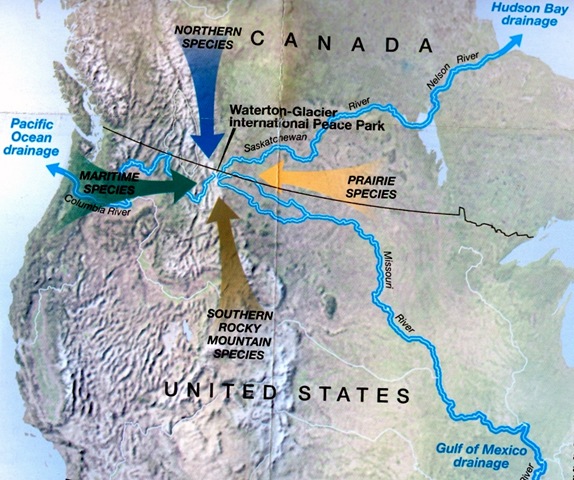
When planning any trip to the Pacific Northwest, having an appreciation of natural outdoor beauty is a given. Visiting as many of its national parks as possible will enrich your experience as no other attraction can. Be sure to set aside plenty of time to explore whichever park you choose – rushing through the major sightseeing points will not do!
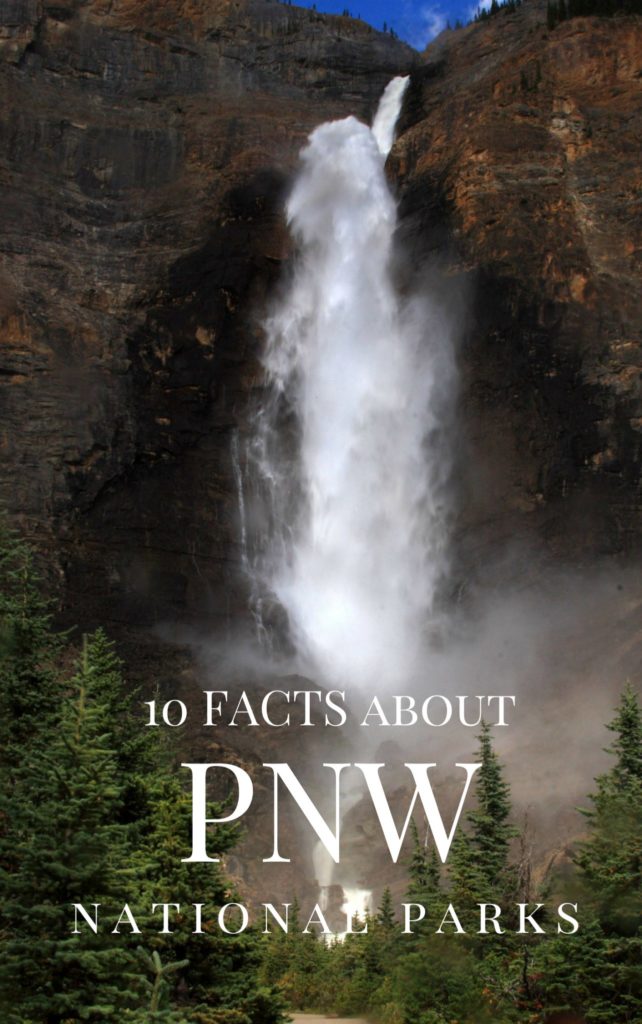
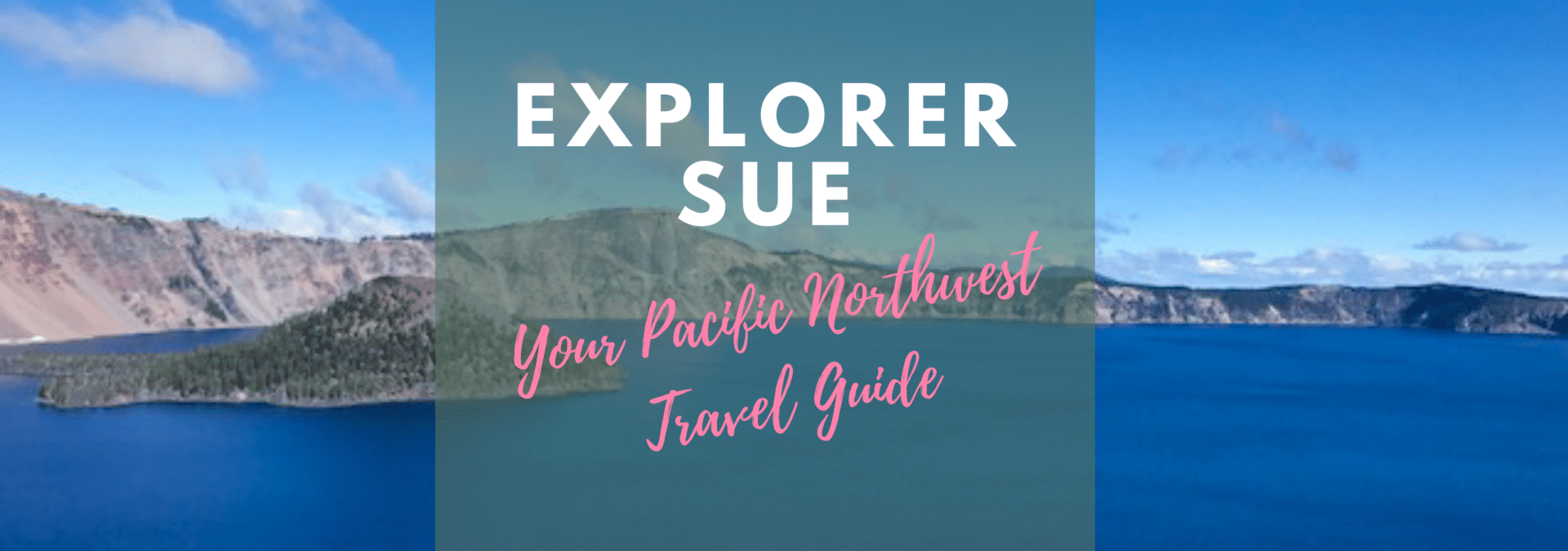
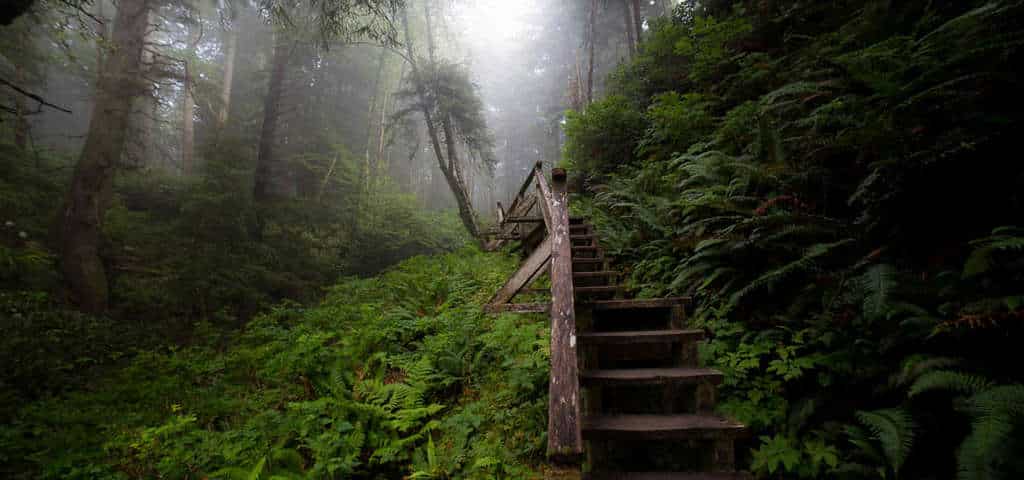
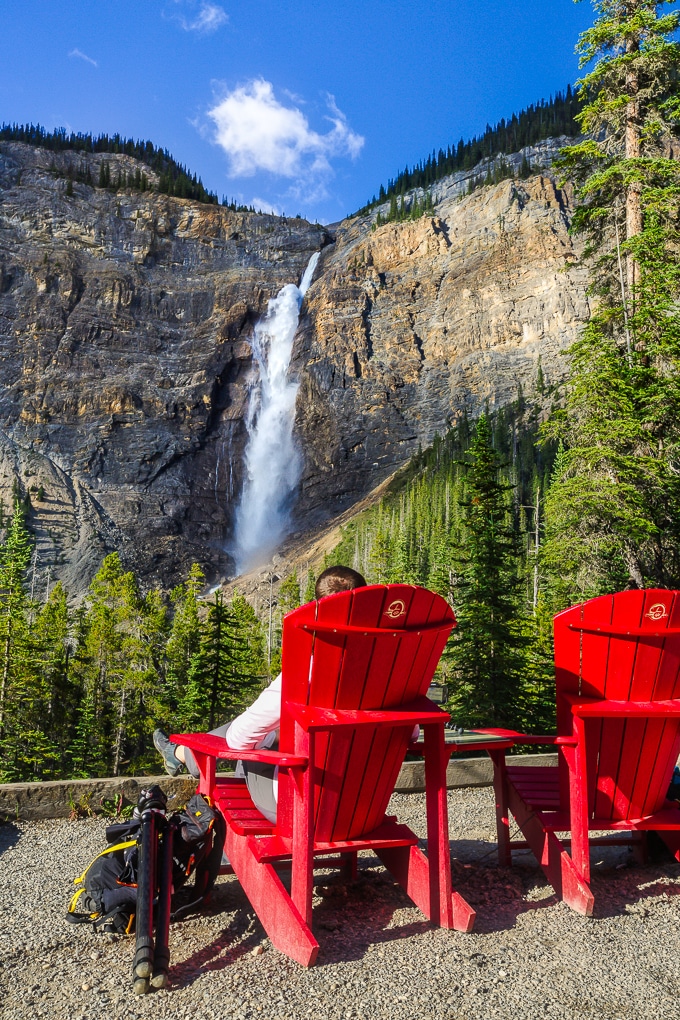
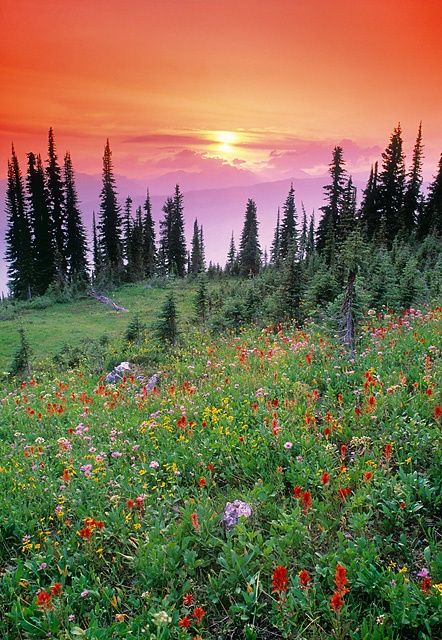
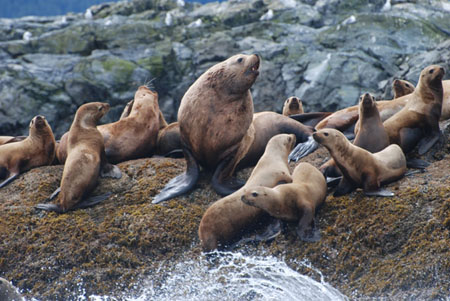
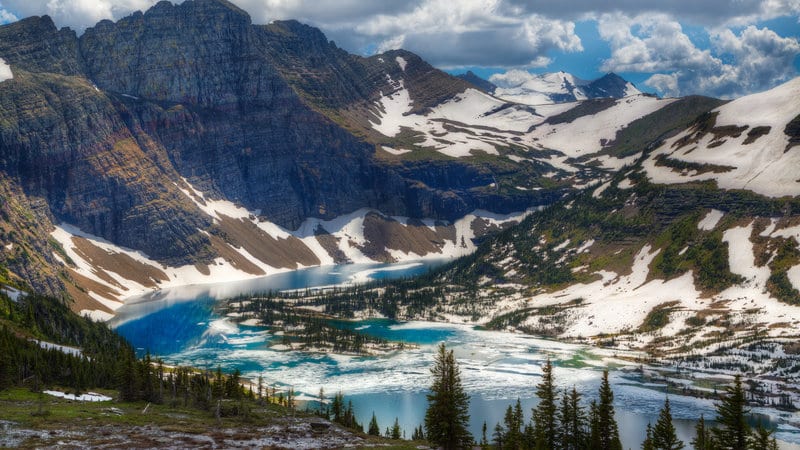
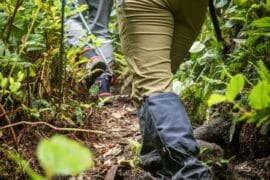
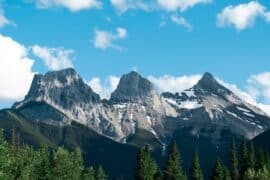
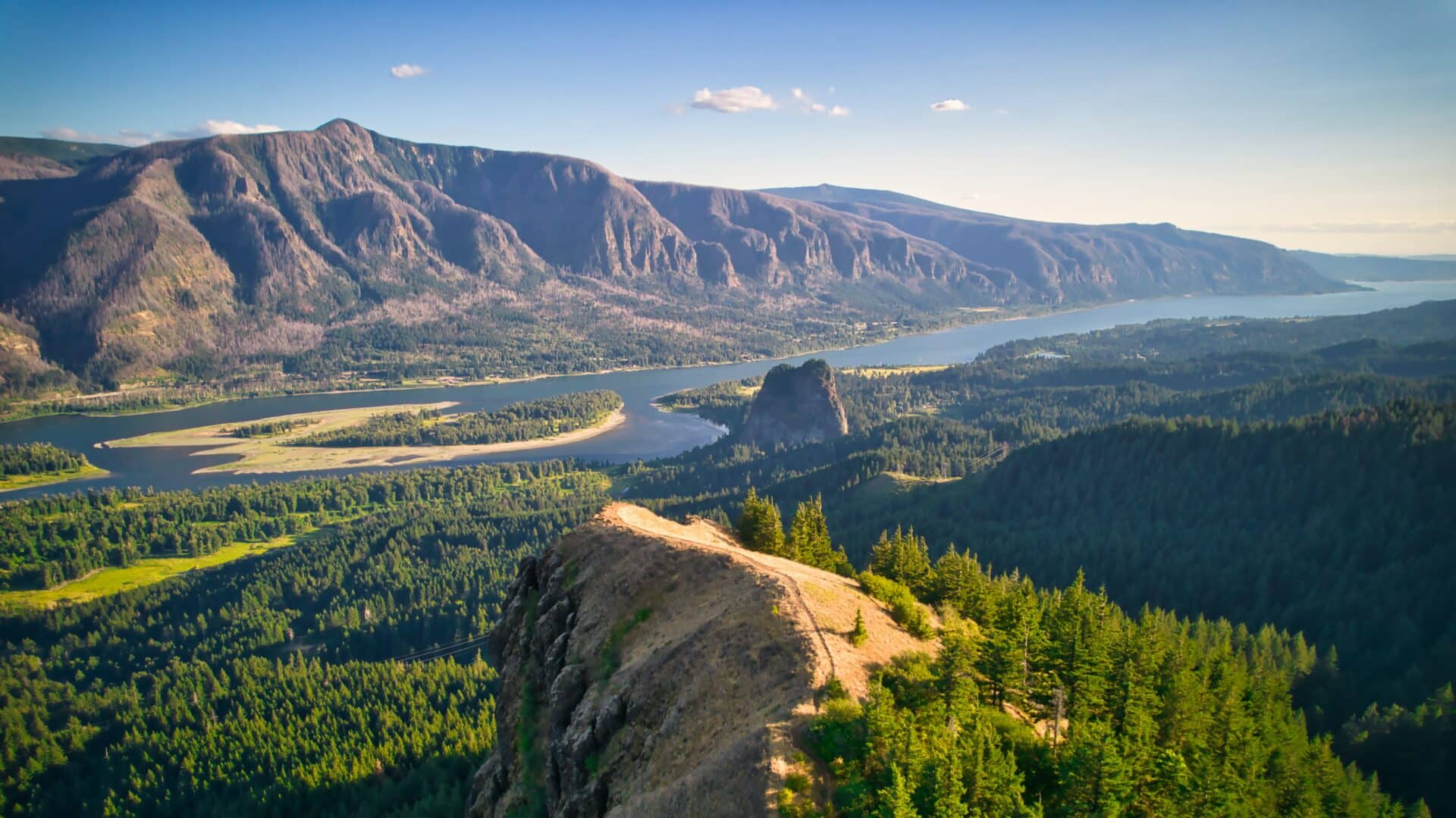
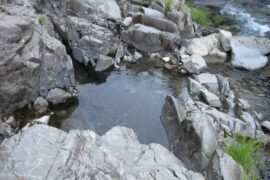

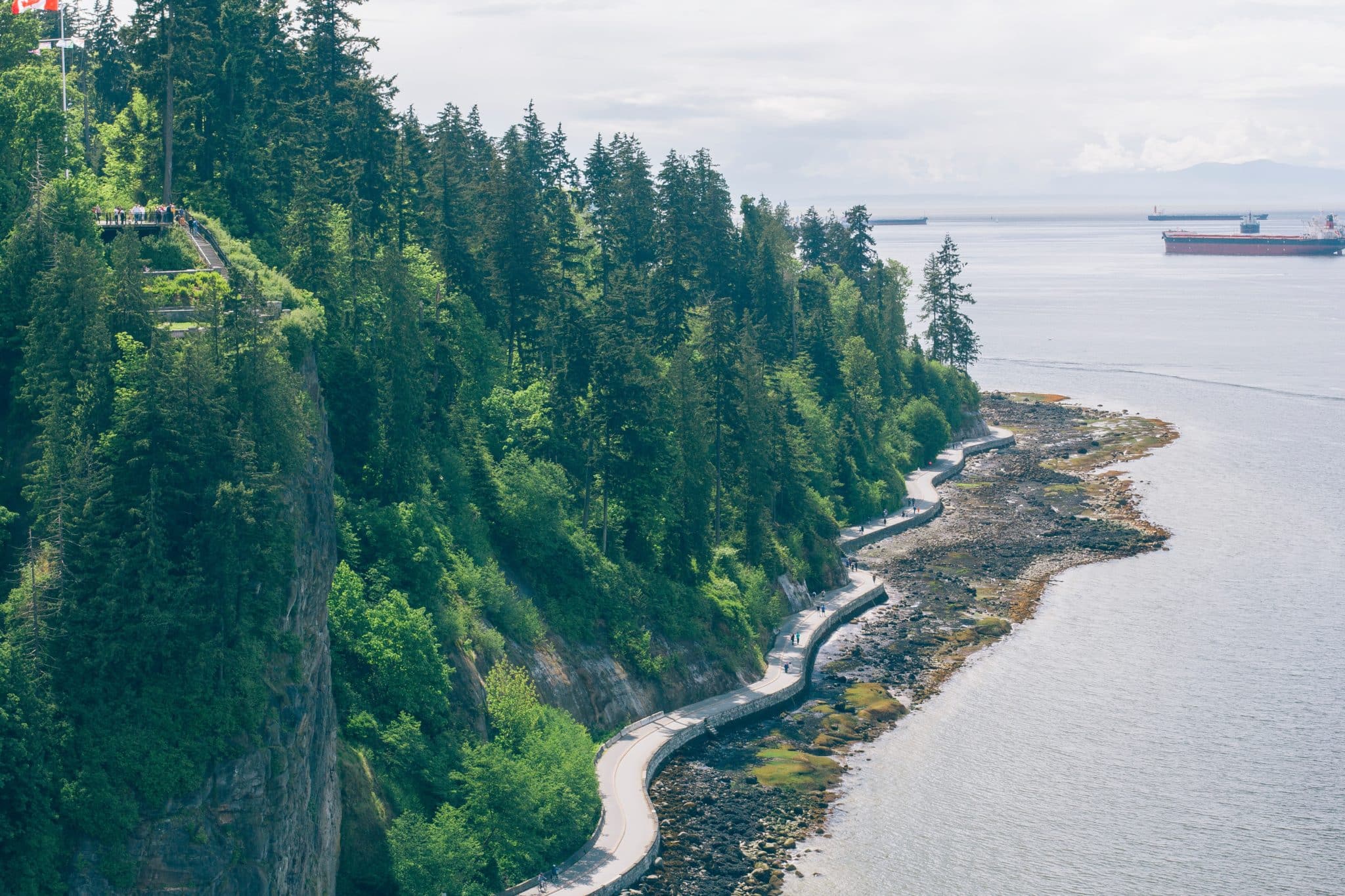
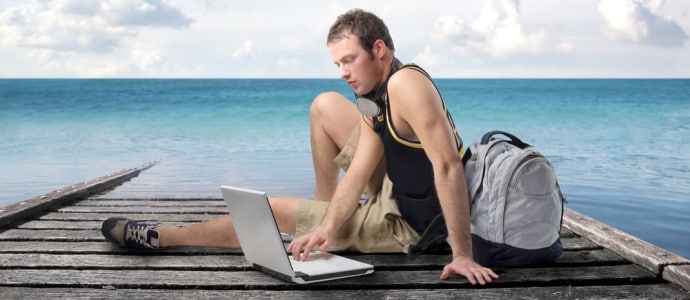
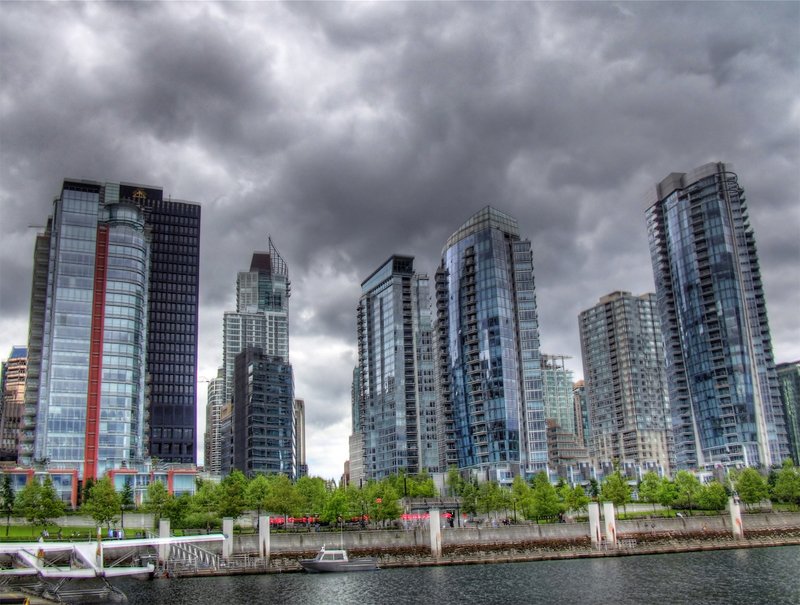
3 Comments
Actually, you can pump your own gas in Oregon now, thanks to a new law that went into effect Jan. 1, 2018, though only at stand-alone gas stations in counties with fewer than 40,000 residents.
Thanks for the info, Greg! I did not know that!
Simply want to say your article is as amazing. The clarity in your post is simply nice and i can assume you’re an expert on this subject.
Fine with your permission allow me to grab your RSS feed to keep up
to date with forthcoming post. Thanks a million and please keep
up the enjoyable work.